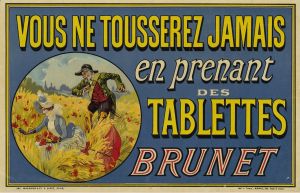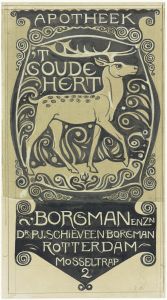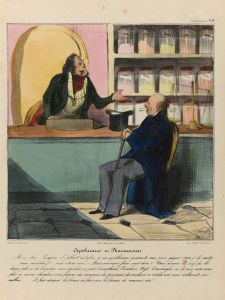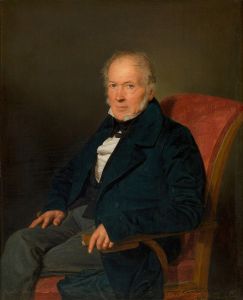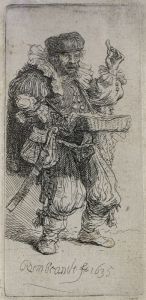
Apothekenladenschilder 4
A hand-painted replica of Ferdinand Georg Waldmüller’s masterpiece Apothekenladenschilder 4, meticulously crafted by professional artists to capture the true essence of the original. Each piece is created with museum-quality canvas and rare mineral pigments, carefully painted by experienced artists with delicate brushstrokes and rich, layered colors to perfectly recreate the texture of the original artwork. Unlike machine-printed reproductions, this hand-painted version brings the painting to life, infused with the artist’s emotions and skill in every stroke. Whether for personal collection or home decoration, it instantly elevates the artistic atmosphere of any space.
Ferdinand Georg Waldmüller (1793–1865) was an Austrian painter and one of the most prominent figures of the Biedermeier period. Known for his detailed and realistic depictions of everyday life, landscapes, and portraits, Waldmüller played a significant role in 19th-century European art. Among his works is a painting titled Apothekenladenschilder 4, which translates to "Pharmacy Shop Sign 4" in English.
Apothekenladenschilder 4 is part of a series of works created by Waldmüller that were intended as decorative shop signs for pharmacies. These paintings were designed to visually communicate the purpose of the establishment to the public, often incorporating symbolic imagery related to medicine, healing, or nature. Waldmüller’s attention to detail and his ability to imbue even utilitarian objects with artistic value are evident in this piece. The painting reflects the artist's mastery of realism and his skill in capturing textures, light, and color.
The exact date of creation for Apothekenladenschilder 4 is not widely documented, but it is consistent with Waldmüller’s active period as a painter in the mid-19th century. The work is notable for its intricate composition and the way it blends artistic beauty with functional design. It is an example of how art was integrated into everyday life during the Biedermeier era, a time when practicality and aesthetics often intersected.
As with many of Waldmüller’s works, Apothekenladenschilder 4 demonstrates his interest in nature and his ability to depict it with remarkable precision. The painting likely includes motifs or symbols associated with health and wellness, though specific details about its imagery are not readily available in existing records.
Today, Waldmüller’s works are celebrated for their contribution to Austrian art and their reflection of 19th-century cultural values. His paintings are housed in various museums and collections, and his legacy continues to be studied by art historians. However, detailed information about the current location or ownership of Apothekenladenschilder 4 is not available in public records.
This painting serves as a reminder of Waldmüller’s versatility as an artist and his ability to elevate even functional objects into works of art. It also highlights the broader cultural context of the Biedermeier period, where art and everyday life were closely intertwined.





